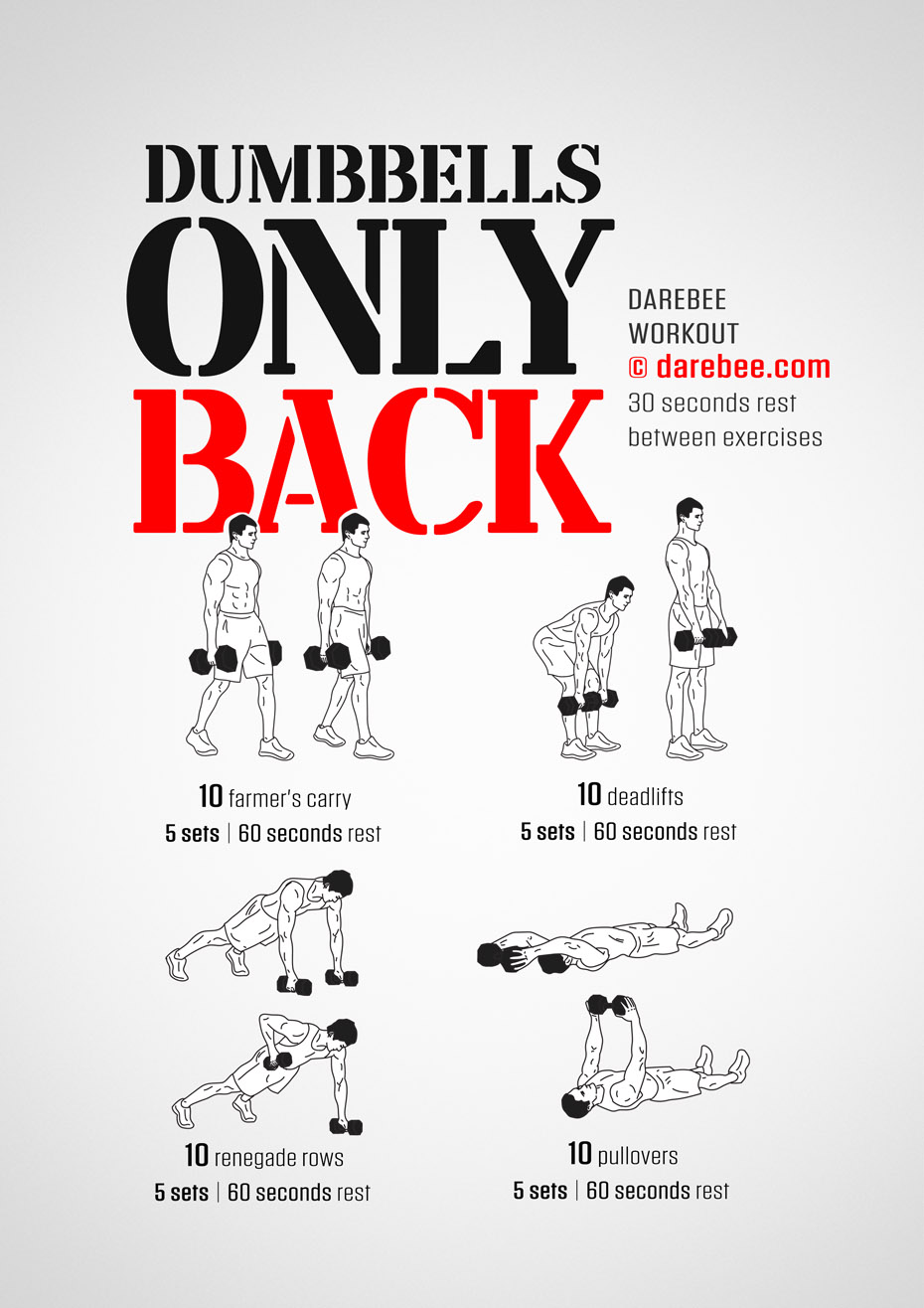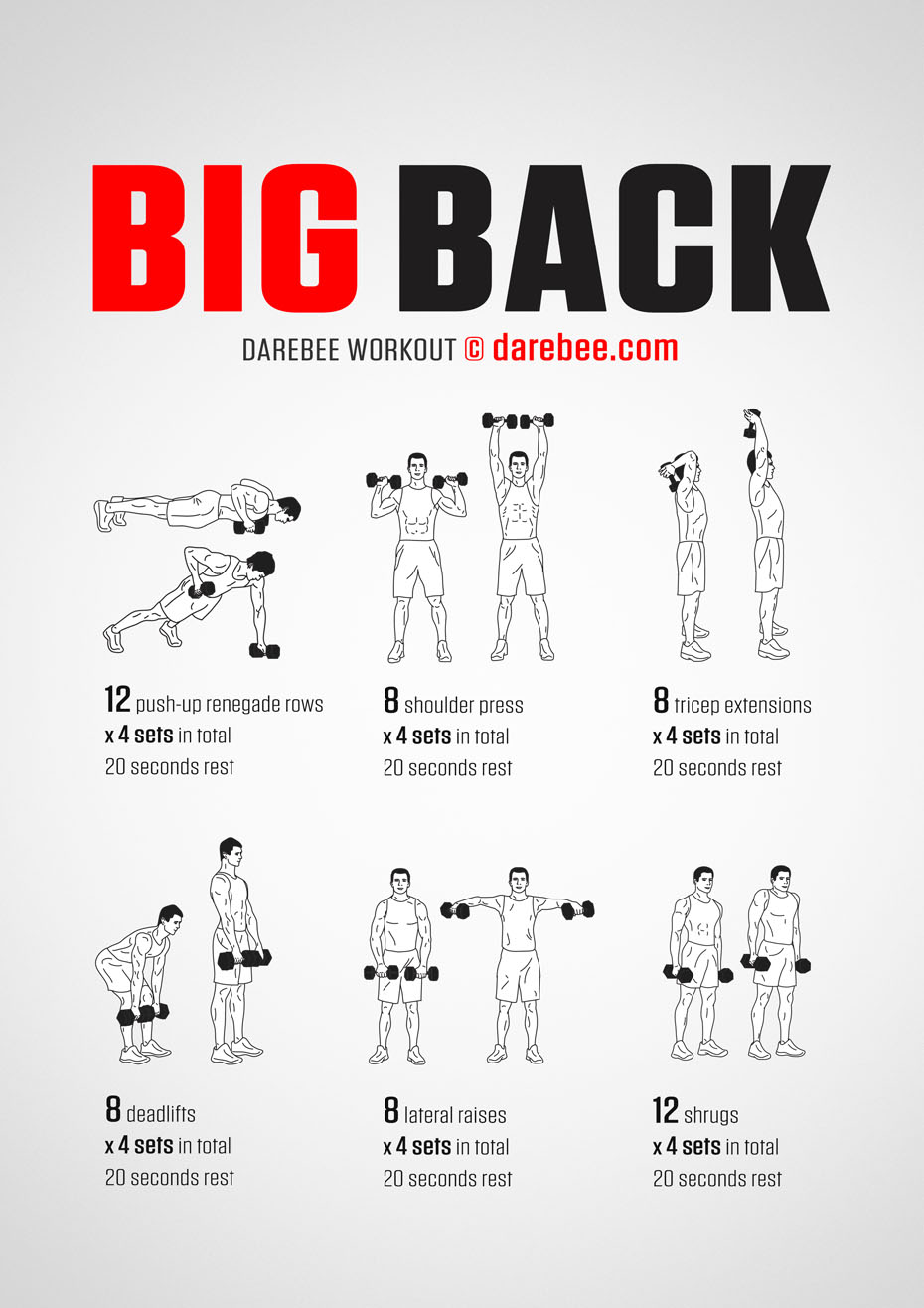Effective Ways to Enhance Your Rückentraining with Kurzhantel Techniques in 2025
Rückentraining is more critical than ever, especially in 2025, as our lifestyles lead to various back-related issues. With the increasing prevalence of sedentary behaviors, engaging in effective Rückenübungen can significantly enhance your overall fitness. Utilizing Kurzhantel techniques, or dumbbell exercises, provides an opportunity for not only strength training but also for improving posture and coordination. This article serves as a comprehensive guide on how to elevate your Rückentraining routine with various Kurzhantel methods to strengthen the Rücken muscles, alleviate back pain, and enhance overall fitness levels.
Whether you’re looking to build muscle, prevent injuries, or improve your daily functional movements, adopting these Kurzhantel techniques can propel you toward achieving your fitness goals. We will cover the fundamentals of effective Rückentraining, highlight crucial exercises, and provide insights into the benefits of dumbbell workouts, making it easier for you to incorporate them into your fitness regimen.

Essential Kurzhantel Techniques for Effective Rückentraining
Building upon the fundamentals of Rückentraining, understanding how to properly utilize Kurzhantel techniques is paramount for achieving optimal training effects. By mastering the correct execution of these exercises, you can engage your back muscles effectively and ensure a balanced fitness approach. Focusing on core training alongside your Rückentraining enhances overall performance and injury prevention.
Top 5 Kurzhantel Übungen for Back Strengthening
Utilizing Kurzhanteln enables you to perform a variety of exercises effectively. Here are five essential Übungen tailored for enhancing your Rückenmuskulatur:
1. Bent-over Rows: This classic exercise targets the upper back. Stand with feet shoulder-width apart, hinge at the hips, and pull the dumbbells towards your torso. This action engages the latissimus dorsi and rhomboids, promoting back strength.
2. Dumbbell Deadlifts: Ideal for the lower back, this movement involves lifting dumbbells from the ground while maintaining good form to prevent injury. Focus on hinging at the hips rather than rounding your back.
3. Dumbbell Pullovers: This exercise engages the lats, improving mobility and strength in the upper body. Lie on a flat bench, hold the dumbbell above your head, and lower it back slowly to emphasize control.
4. Renegade Rows: This dynamic movement strengthens the core and back simultaneously. In a plank position, rows alternate between arms while maintaining body stability.
5. Shoulder Presses: While primarily targeting shoulder muscles, this exercise enhances stability and control, indirectly benefiting back strength.
Common Mistakes in Dumbbell Back Exercises
While executing these Übungen, it’s easy to fall into the trap of incorrect form. Here are common pitfalls to avoid:
- Rounding the Back: This can lead to injuries. Always maintain a neutral spine.
- Overextending Movements: Focus on controlled motion rather than momentum.
- Neglecting Breath Control: Proper breathing during lifts is essential for performance and safety.
By being mindful of these mistakes, you can enhance your workout effectiveness and ensure the training benefits translate to better back health.
Strategies for Effective Training Plan Modification
Adapting your training plan is vital for continued progress. Here are some strategies:
- Periodization: Implement different focus phases, such as strength, endurance, and mobility.
- Progressive Overload: Gradually increase weights to challenge your muskuläre Stabilität.
- Active Recovery: Integrate rest days and light training in your routine to prevent overtraining.
Building a diverse workout strategy helps prevent plateauing and encourages balanced development of strength and flexibility.

Maximizing Training Effects with Proper Form and Technique
Transitioning from basic exercises, understanding the importance of effective technique is crucial for optimizing training outcomes. This knowledge is particularly important for those engaging in Rückentraining as improper form not only reduces effectiveness but also increases the risk of injuries.
Fundamental Principles of Proper Form
Maintaining proper form is paramount. Here are key principles to follow:
- Alignment: Ensure body parts are aligned properly before executing movements. A straight line from head to heels is ideal.
- Core Engagement: Activate the core muscles to stabilize your body during all movements.
- Controlled Motion: Avoid jerky movements; instead, focus on smooth transitions and deliberate actions.
By adhering to these principles, your exercises become safer and more effective, leading to better results.
Maximizing Flexibility to Prevent Injuries
Incorporating flexibility training is essential to prevent injuries associated with Rückenprobleme. Here are practical tips:
- Dynamic Stretching: Engage in dynamic stretches before workouts to prepare muscles.
- Static Stretching: After workouts, perform static stretches to enhance flexibility.
- Foam Rolling: Use foam rollers to alleviate muscle tension and promote recovery.
As flexibility improves, your range of motion increases, which complements other Kurzhantel exercises, contributing to better performance.
Monitoring Progress and Ensuring Adaptability
Lastly, monitoring your progress is vital. Track your lifts, flexibility gains, and overall comfort during workouts. An adaptable training plan ensures your methods remain effective and aligned with your fitness goals.
Integrating Kurzhantel Workouts into Everyday Life
Understanding how to interweave fitness effectively into daily routines can encourage healthier habits. Practical implementations promote longevity in Rückentraining adherence.
Establishing a Routine for Home Workouts
Training at home can be just as effective as gym workouts. To successfully integrate Kurzhantel training:
- Designate Workout Time: Select specific times for training to develop consistency.
- Create a Dedicated Space: An area free from distractions can enhance focus during workouts.
- Combine with Daily Activities: Turn some daily tasks, like walking the dog or gardening, into opportunities to incorporate movement.
Engaging in fitness gradually cultivates a lifestyle change that promotes overall well-being.
Techniques for Social Engagement in Fitness
Incorporating social elements into your training can elevate motivation:
- Work Out with Friends: Sharing fitness experiences can build encouragement and accountability.
- Join Virtual Classes: Participate in online Hantelkurse to benefit from professional instruction and peer motivation.
- Track and Share Progress: Use social media to celebrate achievements and connect with the fitness community.
These methods foster a supportive environment for enhancing Rückentraining success, making the experience enjoyable.
Long-term Commitment to Rückenfitness
Committing to a long-term routine is essential for sustained progress in Rückenfitness. This can be achieved through:
- Setting Clear Goals: Establish specific, measurable, achievable, relevant, and time-bound (SMART) goals.
- Regular Reassessment: Consistently evaluate your training methods and adjust as necessary to stay motivated.
- Embracing Fun Activities: Engage in sports or fitness classes that bring joy to your fitness journey.
Through dedication and strategic planning, developing a Rückenleidenschaft can lead to unparalleled fitness achievements.
Q&A Section: Effective Rückenwellness with Kurzhantel Training
What are the benefits of Rückentraining with Kurzhantel?
Kurzhantel training enhances muscle coordination, promotes core stability, and strengthens the entire back region. Regular practice also aids in preventing injuries and alleviating existing Backschmerzen.
How often should I incorporate Kurzhantel exercises into my training plan?
Integrating 2-3 sessions per week focused on Kurzhantel workouts is ideal for building muscle and improving flexibility. Ensure you allow recovery time between sessions.
Can beginners effectively engage in Rückentraining?
Absolutely! With proper guidance, beginners can start implementing Kurzhantel techniques while progressing at their pace. Start with lighter weights, gradually increasing as strength improves.
Are there any safety precautions I should follow when doing these exercises?
Always prioritize proper form to avoid injury. Start with weights you can comfortably handle, and listen to your body. If you experience pain or discomfort, stop the exercise and consult a professional.
What additional resources can I utilize to further my training knowledge?
Many online platforms provide access to detailed instructional videos and curated training plans. Consider visiting this link for more insights into effective back workouts. Additionally, consult fitness professionals for personalized advice.
